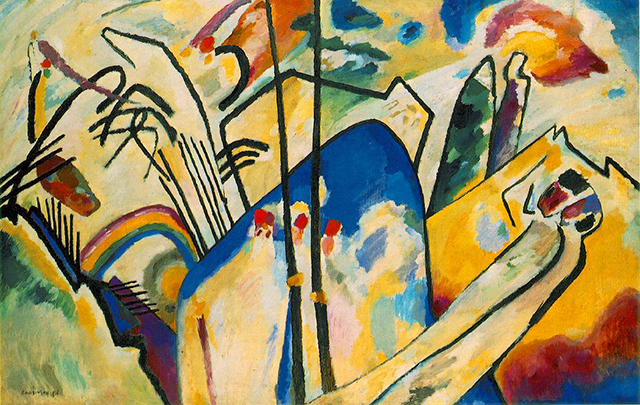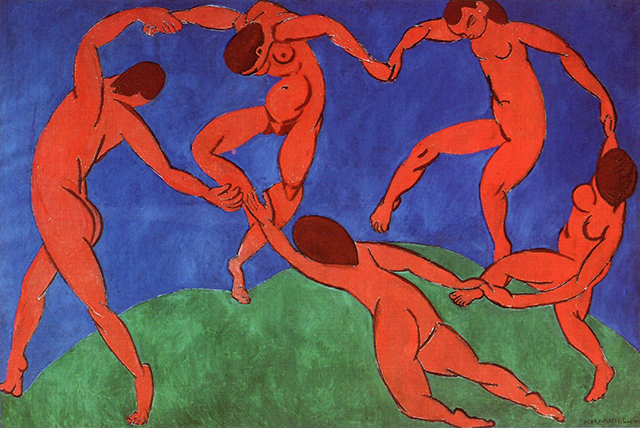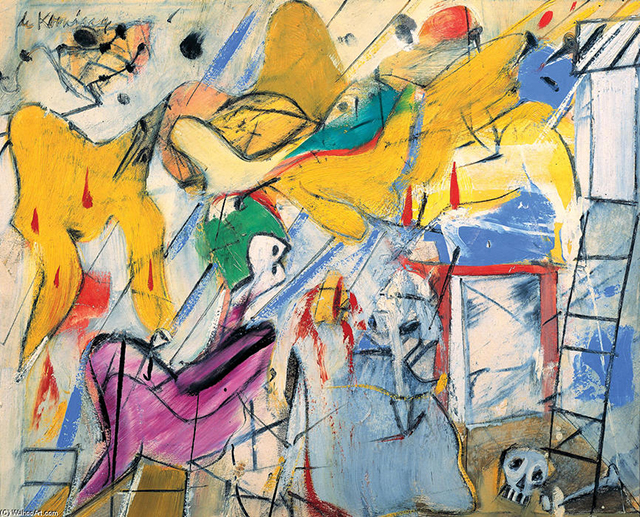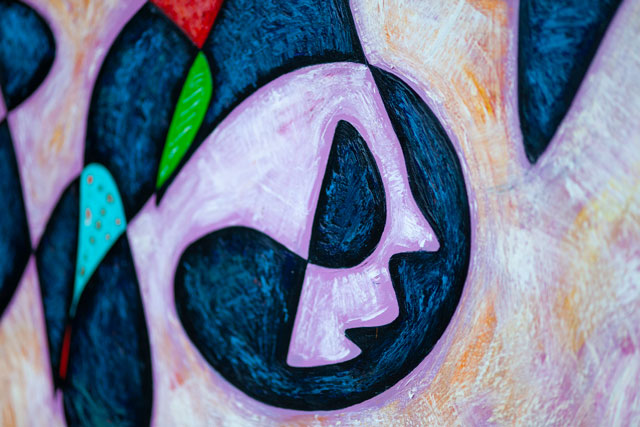- The basics of abstract painting. Most notable artists
- The Basics of Abstract Painting You Should Know

- 14 May '19


by Robert McIntosh
14 May '19The basics of abstract painting. Most notable artists
Abstract painting is thought to be among the purest forms of expression, as it allows its creator to openly communicate visually with no restriction of types utilized in objective reality.
Continue reading to find out about the history of abstract painting, also a number of its most notable artists.
A Concise History
Many renowned artists before this time painted after the processes of classical realism, which utilized realistic view, shading, and other methods to be able to create historical scenes and subject matter.
At the beginning of the 20th century, several artists were moving against proper teachings and began to make art that didn’t necessarily refer to objects in the real world. This new method of painting has been considered"pure art" because of the topics deriving entirely from the artists, instead of being reproduced or referenced in real life.
Emphasizing an art's formal attributes over its representational subject matter, abstract artists experimented with new methods like using vibrant yet random colors, reconstructing contours, and rejecting realistic three-dimensional outlook.
Abstract Painting Techniques & Famous Abstract Painters
German Expressionism + Kandinsky

Experimenting with colors and evoking emotions was a primary interest of abstract artists. German Expressionism is characterized by its saturated palette and the correspondence of the color to human emotions. German Expressionist painter, Wassily Kandinsky is often considered the first abstract artist. He became known for his color theory and attaching emotions to his vividly colored paintings. Like many other abstract masters, Kandinsky believed that music also embodied abstract art in the purest sense, with its ability to be expressive without representing the real world. Kandinsky would go on to refer to his works as “compositions.” It all depends on the perspective, given the fact of the second world war, that brought psychological darkness, it may be true pure color and form was their max achievement.
The Expressionist died on December 13, 1944, in Neuilly-sur-Seine at the age of 78 - just a few months after the liberation of Paris. He referred to abstract painting as the most challenging art form, stating it requires that one can draw, that one is highly sensitive for composition and color and that one is a real poet accentuating that that's most important.
Well, if you were to look at the works of the German expressionists you may be puzzled as why so much historical context, however, they deserve the credit as veterans, the ones to have taken the road of discovery and still questionable as the founder of abstract art is Hilma af Klimt who really had something to say as a true artist.
Fauvism and Orphism + Matisse, O’Keeffe, etc.

Crucial to Fauvism and Orphism abstract art is the rejection of a three-dimensional perspective. Fauvism is depicting objects with intense arbitrary color, while Orphism is characterized by bright patches of color rather than a symbolic object.
Henri Matisse was a famous Fauvist and works like his “Dance (II)” (1910) exemplify the movement’s characteristic style. Creativity takes courage are the beautiful words of Henri Matisse that ring true for every artist. Sure, each of us can define what makes the art good. You can tell the art is good because of its composition. It could be because of the concept. It could be because the art has touched your ever longing soul. The list goes on. In the case of Matisse, one has to look at his work and come up with conclusions.
Famous Orphism painters including Robert Delaunay, whose slice"Simultaneous Windows on the City" (1912) and"The First Disc" (1912-1913) include multiple stains or sections of unique colours. They thought the eye is the most tasteful of individual senses, the one that communicates directly with all our minds, our comprehension. Georgia O'Keeffe is famous for her vibrant, carefully photographed abstract flower paintings.
Cubism + Malevich, Mondrian

While former moves inside abstract artwork held loose ties into the symbolic, Cubism, with its flattened perspective of items, paved the way to get a purely abstract painting in this sense. Russian Suprematist artist Kazimir Malevich furthered this flatness by placing flat colorful shapes on pure white backgrounds in his works. Any draftsman might have achieved this sort of work--and Malevich functioned as one among his childhood --but many draftsmen aren't interested in these straightforward forms. While De Stijl painter Piet Mondrian painted horizontal grids to create the idea of infinity.
Pablo Picasso, in a nutshell, was a brash young punk intentionally copying better artists, without a creative idea in his mind, repetitively attempting to profit on the judgment trends and fads -- largely, absinthe -- that is directly accountable for every one of Picasso's most celebrated work, such as the"blue period" and the creation of cubism.
Abstract Expressionism + Pollock, de Kooning

Abstract Expressionists had to approach abstract paintings by experimenting with gestures.
These abstract works were named action paintings as they used to serve as documenting the painters’ literal actions, be it walking around the canvas and dripping paint like Jackson Pollock or revealing the aggressiveness of brushstrokes as Willem de Kooning.
It's interesting to imagine the state of mind artists inhabit while they work. I cannot fathom the effects of dementia, but I can only speculate as to how drastically it can alter your conscious mind. Painting under the effects of dementia or any other serious health issue can only provide a truly raw product as the work of William de Kooning.
For all we know, Pollack was plastering when painting these artworks having no idea what he was painting. He began numbering them as they didn't have any meaning.
As with other abstract movements, those painters worked on emphasizing the color and on how the work aligned with their inner feelings and emotions over shape or form. More advanced artists create art particularly stimulating or striking - art that captures a subject and incorporates a message, like Gheorghe Virtosu.
Creativity in abstract painting
Creativity is inherent in all of us, whether we believe it or not. Search inside yourself, and you will be surprised to see your mind buzzing with ideas. However, it does take a lot of boldness to freely express your thoughts and put it in front of the world. For many of us, our creativity is somehow diluted by the pressure to conform to societal norms or our fear of being judged. So he who is free of this fear can genuinely be called an artist. After all, a true artist is someone who doesn’t conform to what the world says, but focuses more on what he feels and expresses through his art.
As we said earlier, opinions differ, and people have a right to voice their opinion. So no matter how good or bad you are, you will be judged. However, should you let the fear of being judged deter you?
Many would unwillingly say yes, but if you are true to yourself and your craft, you should not let that fear dictate how you express your ideas.


